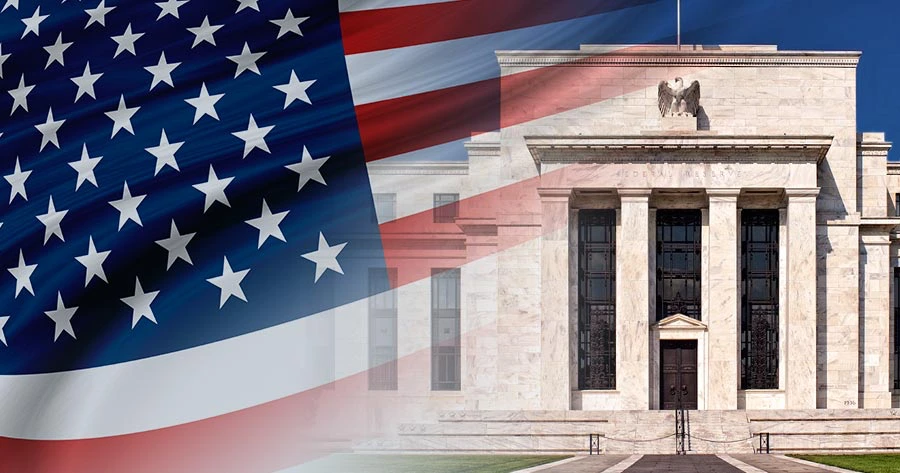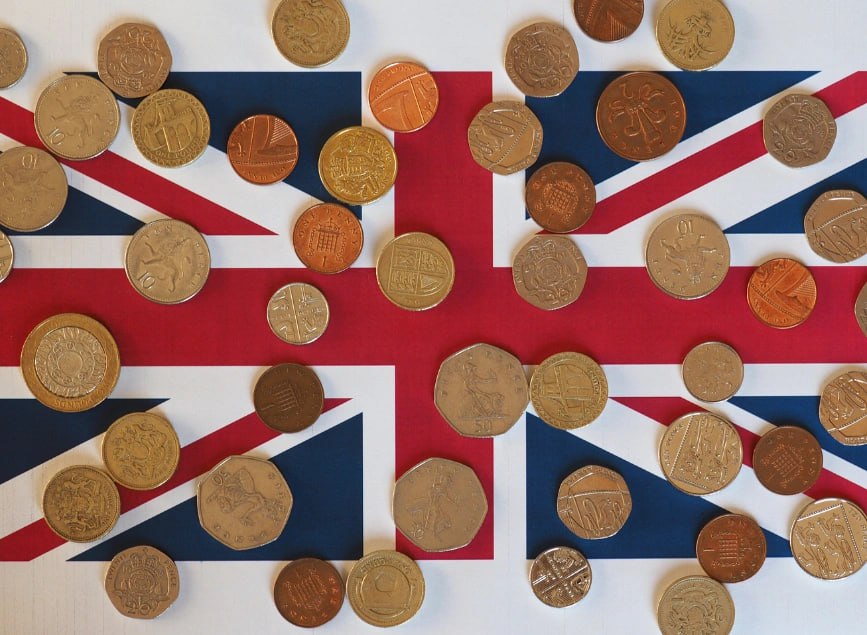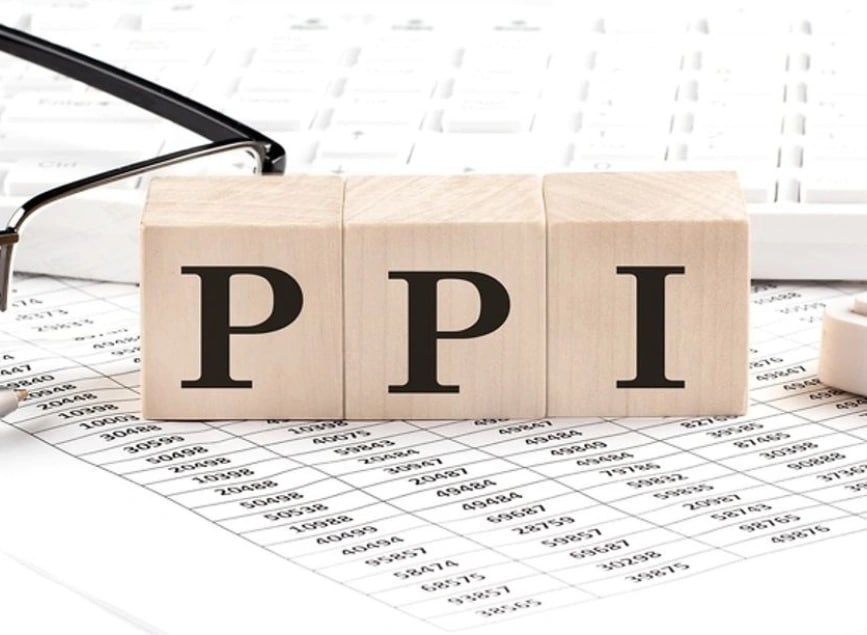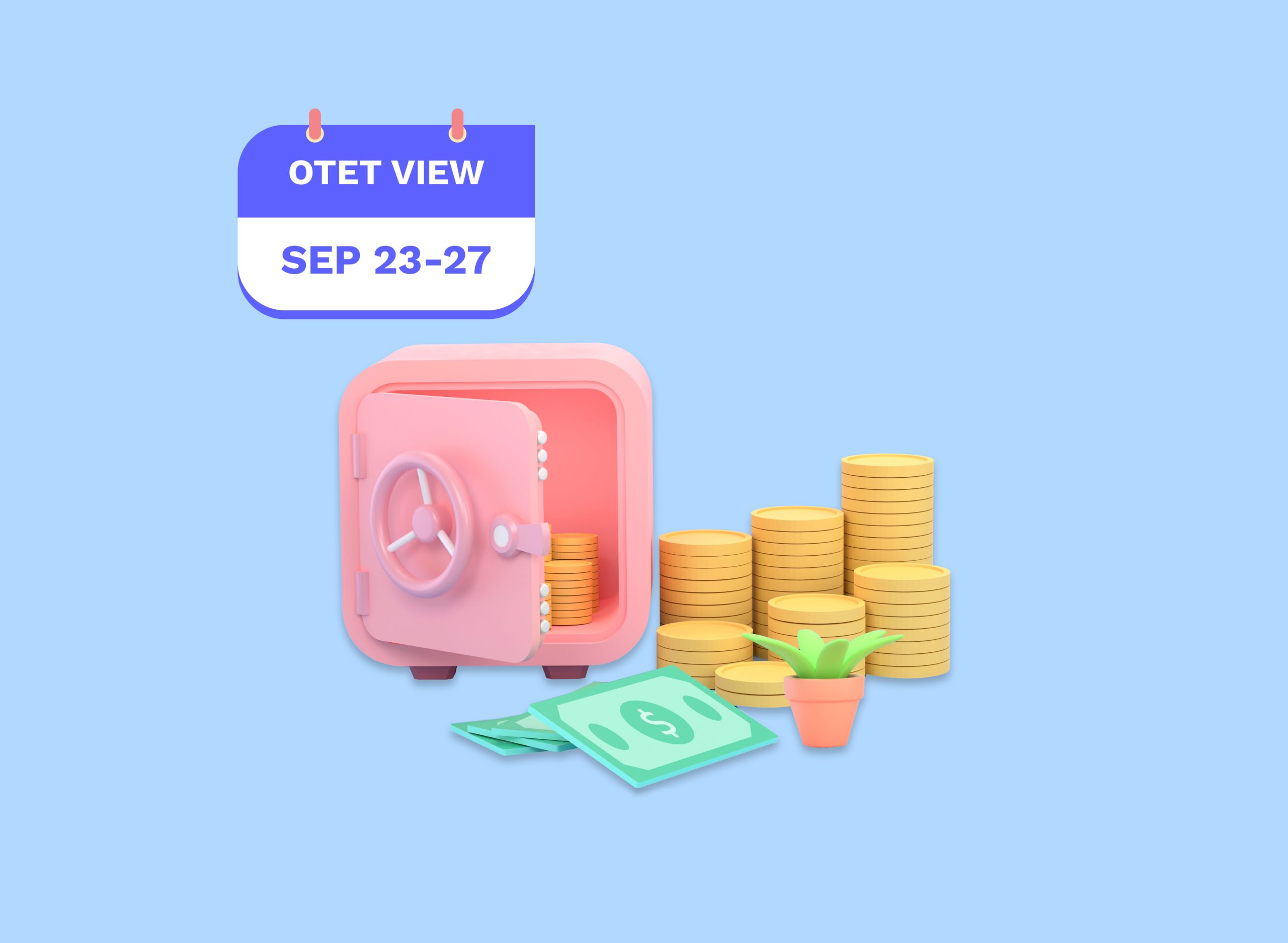
Gold Hits New Record High!
The price of gold reached a new all-time high yesterday, surpassing $2,573 per ounce, as a combination of factors, including the Federal Reserve’s decision to cut interest rates, boosted investor demand for the precious metal. The 50-basis point cut in the federal funds rate has made gold more appealing, as lower interest rates reduce the opportunity cost of holding non-yielding assets like gold. In addition, a series of large-scale gold purchases by central banks and escalating geopolitical tensions have further fueled the rally, positioning gold as a key safe-haven asset in uncertain economic times.
Interest Rate Cuts and Their Impact on Gold Prices
The Federal Reserve’s recent decision to cut interest rates by 50 basis points is seen as one of the primary drivers behind gold’s rapid price increase. Interest rates have a significant influence on gold prices because gold does not generate interest or dividends. In a high-interest-rate environment, the opportunity cost of holding gold rises, as investors can earn higher returns from interest-bearing assets like bonds or savings accounts. However, with the recent rate cut, the cost of holding gold has diminished, making it a more attractive option for investors seeking to preserve value.
This reduction in the federal funds rate is part of the Fed’s broader strategy to stimulate the economy in the face of slowing growth and rising inflation. With inflation concerns mounting, gold’s appeal as an inflation hedge has intensified. Investors are increasingly looking to gold as a way to protect their wealth from potential currency devaluation and the loss of purchasing power. Historically, gold has been seen as a reliable store of value, especially in times of economic turmoil and inflationary pressure.
Central Banks’ Role in the Surge
Central banks have played a significant role in the recent surge in gold prices by increasing their gold reserves. Many central banks, particularly in emerging markets, have been diversifying their foreign exchange reserves by purchasing gold. This trend has been driven by several factors, including concerns about the stability of the U.S. dollar and the global financial system. By increasing their gold holdings, central banks aim to reduce their reliance on traditional reserve currencies like the dollar and the euro, which can be affected by political and economic fluctuations.
In recent months, central banks from countries such as China, Russia, and India have been particularly active in the gold market, making significant purchases. These actions signal a shift toward a more diversified reserve strategy, with gold being viewed as a safer long-term asset. The central bank demand has added significant upward pressure on gold prices, as these institutions are typically long-term holders of gold, reducing supply available to other market participants.
Geopolitical Tensions and Safe-Haven Demand
In addition to economic factors, rising geopolitical tensions have also contributed to the surge in gold prices. Ongoing conflicts in the Middle East, concerns over trade relations between major economies, and uncertainties surrounding global supply chains have created an environment of heightened risk. In times of geopolitical uncertainty, investors often flock to gold, viewing it as a reliable safe-haven asset that can protect against volatility in other financial markets.
For instance, tensions between global powers such as the U.S., China, and Russia have fueled concerns about the potential for trade wars, sanctions, and other disruptions. Investors worried about the stability of equity markets or the volatility of currencies have increasingly turned to gold as a refuge. The demand for gold as a hedge against political and economic instability has contributed to its price reaching new highs.
Inflationary Pressures and Currency Devaluation
Another key factor contributing to gold’s record highs is the growing concern over inflation and the potential devaluation of fiat currencies. As governments and central banks around the world continue to inject liquidity into the financial system through stimulus packages and quantitative easing programs, many investors fear that these actions could lead to rising inflation. In such an environment, gold becomes particularly attractive as it has historically performed well during periods of high inflation.
Moreover, with the U.S. dollar facing potential depreciation due to the Federal Reserve’s accommodative monetary policies, gold’s appeal as a hedge against currency devaluation has increased. A weaker dollar generally supports higher gold prices, as gold is priced in dollars. When the dollar weakens, gold becomes cheaper for foreign investors, further driving up demand.
Share
Hot topics

Federal Reserve’s Challenges to Trump’s New Policies
As the Federal Reserve Open Market Committee (FOMC) prepares for its upcoming meeting, all eyes are on how the Fed will respond to Donald Trump’s latest economic policies. With the...
Read more




Submit comment
Your email address will not be published. Required fields are marked *